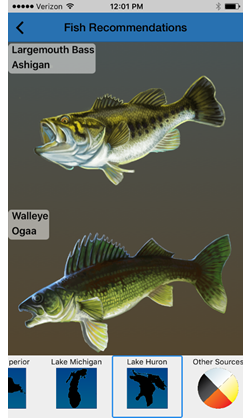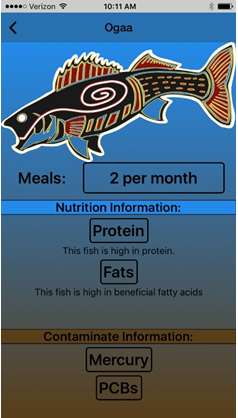Great Lakes Native American Research Center for Health (GLNARCH)
The GLNARCH is housed in the Great Lakes Inter-Tribal Council (GLITC) central office on the Lac du Flambeau reservation in north central WI. GLNARCH serves the tri-state Bemidji Area of Michigan (MI), Minnesota (MN) and Wisconsin (WI) and partners with the associated 34 Tribes, four urban Indian areas and three Bemidji Indian Health Service Units as well as longstanding regional academic partners. The current application aims to expand on an existing partnership with the Medical College of Wisconsin (MCW) and regional Tribal Groups to provide a research and training environment that enhances the participation of AI/AN people in biomedical science, as well as the quality of AI/AN-related health research.

Increasing Representation by Embracing Culture: An MCW Student Explores Her Native American Heritage
Although she had not yet examined her roots, MCW student Morgan Lockhart did understand at a young age that she loved caring for others. Read about how Morgan's journey through medical school helped her rediscover her Native American heritage.
Read 'MCW Student Explores Native American Heritage During Her Path in Medicine'
GLNARCH Partnerships and Innovations
- Supporting, opportunities and resources for AI/AN students (Student Enhancement Component)
- Partnering with another NARCH awardee to establish a resource network for Bemidji region researchers with limited resources (Capacity Component)
- Increasing GLNARCH activity at cultural and community events
- Funding three pilot projects that serve the AI/AN health priorities of the Bemidji region
- Leverage social media for disseminating GLNARCH activities research.
Leveraging modern technology will increase both engagement and bidirectional communication as well as offer novel opportunities for GLNARCH evaluation. The Student Enhancement and Capacity Components complement each other for provide robust opportunities, exposure, professional, networking, and research resources thereby addressing AI/AN disparities among these elements.




A Fish Consumption Advisory to Promote Anishinabe Environmental Health Literacy
Fish are an essential food source for poly-unsaturated fatty acids, protein, and other nutrients. Persistent Bioaccumulative Toxics (PBTs) in Great Lakes (GL) fish have engendered ongoing concern regarding the environmental and nutritional health of GL communities. Our recent work confirms that most PBTs in GL fish are declining. Reductions notwithstanding, the negative health effects from chemical contamination are a serious threat to human health, especially for Native American communities. Reducing dietary exposure to organochlorines and methylmercury while also maximizing nutritional benefits decreases the risk of cancer, diabetes, heart disease, metabolic disorders, and childhood developmental deficits. Effective education regarding the risks and benefits of fish consumption is therefore essential to promoting healthy outcomes in these vulnerable populations.
We hypothesize that: Presenting culturally-tailored fish consumption advice using an interactive platform is appropriate and effective for the Anishinabe population. Therefore, an interactive, culturally-tailored fish consumption advisory approach was employed to increase Environmental Health Literacy and protect the health of Anishinabe Native Americans. The focus of this study is to directly impact Environmental Health Literacy; the best practices identified herein will immediately be adopted by the Sault Tribe (our collaborators) in their ongoing efforts to promote healthy diets and a clean environment. If the advisory is successful, it will allow users to maximize the nutritional benefits in their diets (thereby lowering the risk of negative metabolic and inflammatory health outcomes) and minimize health risks from environmental contaminants (by reducing exposure to organochlorines and MeHg). Optimizing the risk/benefit ratio of tribal diets also promotes healthy neurological development in children and reduces damage from MeHg contamination in developing children.



